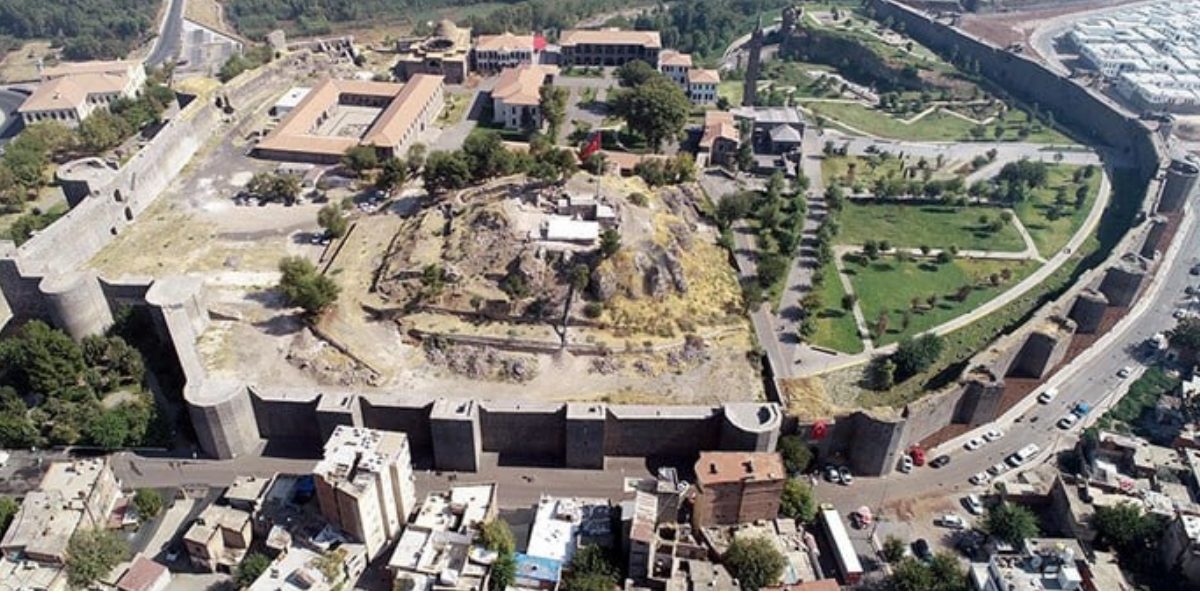
9,000-year-old Amida mound burned 3 times in history
It was confirmed by the analysis that the Amida mound, which has been a continuous settlement center for about 9,000 years, was burned 3 times in history.
Amida mound is located northwest of the Sahaba Tombs at the Palace Gate (İçkale) in the central Sur district of Diyarbakır.
Excavations at Amida mound, which has been home to many civilizations including the Hurri-Mitanians, Urartians, Assyrians, Medes, Persians, Tigran the Great Kingdom, Romans, Sassanids, Byzantines, Umayyads, Abbasids, Marwanids, Seljuks, Artuqids, Ayyubids, Aqqoyunids, Safavids and Ottomans, have been under the direction of Dicle University Faculty of Education Faculty Member Prof. Dr. İrfan Yıldız since 2018.
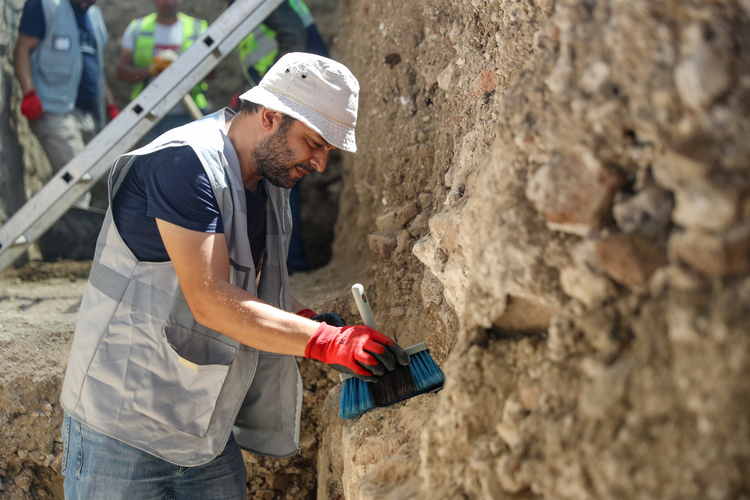
Amida was burned 3 times between 7,000 and 5,000 BC
Samples of fire traces found in 3 different layers during excavations on different dates were analyzed at the Scientific and Technological Research Council of Türkiye (TÜBİTAK).
As a result of the analysis conducted at TÜBİTAK, it was confirmed that Amida mound, which was constantly exposed to attacks due to its location, was burned 3 times between 7 thousand and 5 thousand BC.
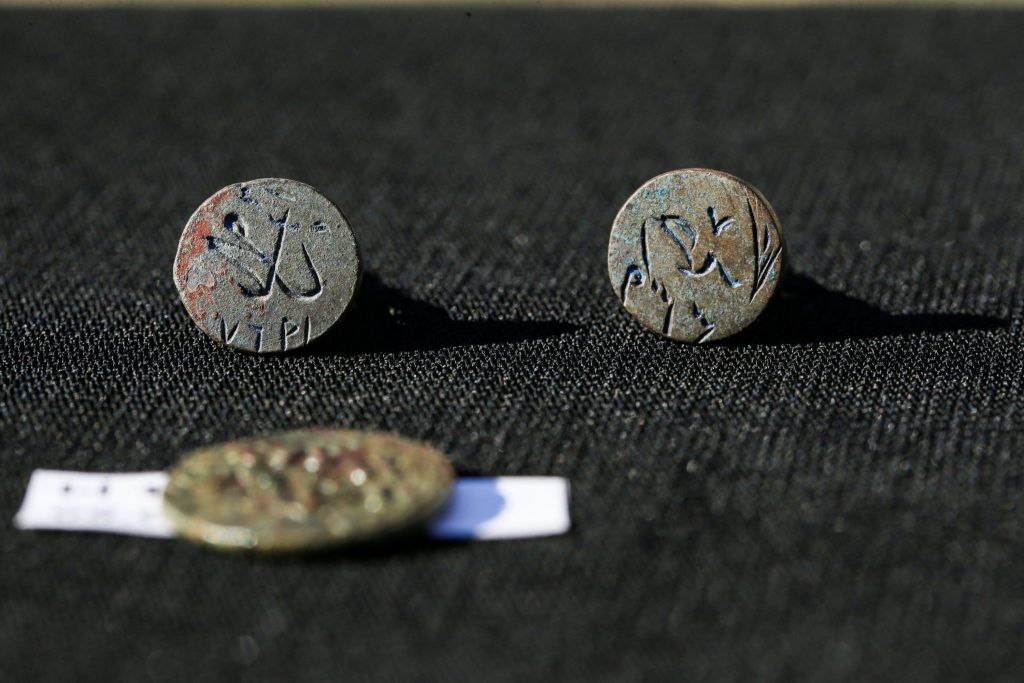
Prof. Dr. İrfan Yıldız stated that they found fire layers in 3 different layers during the excavations between Amida mound and the western walls of the city and that they sent the samples taken from the fire layers to TÜBİTAK for analysis and said, “According to the analysis results, the earliest burn layer belongs to 6.764 BC, the second burn layer to 5.721 BC and the third burn layer to 5 thousand BC.”
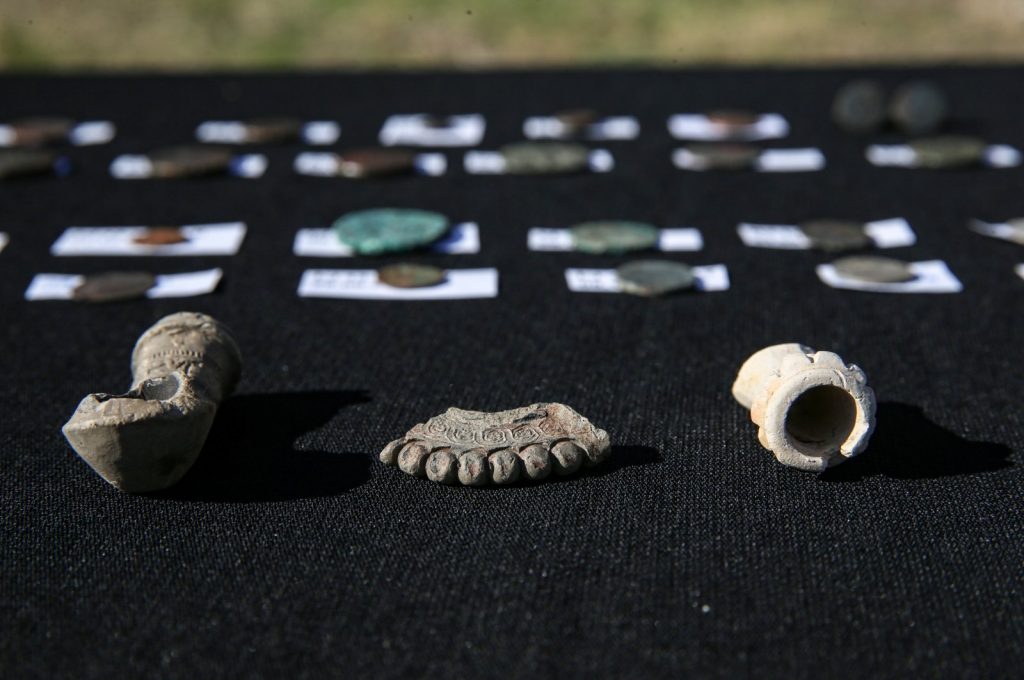
Yıldız said, “According to the analyzes conducted at TÜBİTAK, we have clearly documented that the settlement started here in 7 thousand BC, and that the city was burned in 3 different periods between 7 thousand and 5 thousand BC, which we call the Neolithic and Chalcolithic periods. Therefore, we can say that the city was burned 3 times between 7 thousand and 5 thousand BC and destroyed with everything inside.”
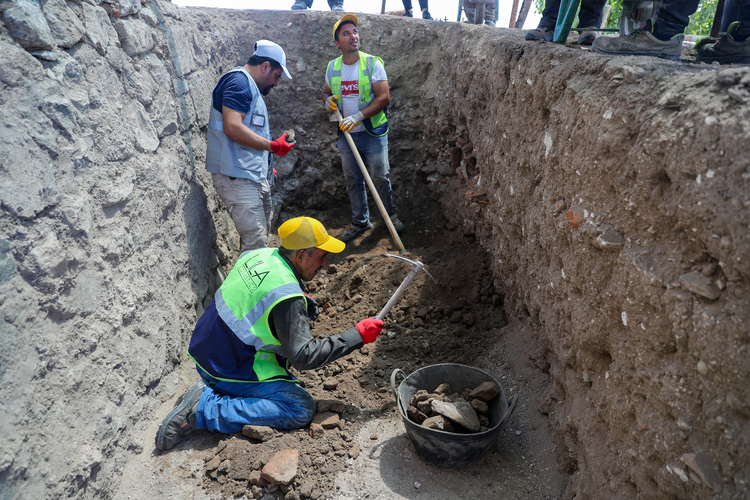
Excavations continue in the palace in Amida, which was built during the Roman period and repaired during the Artuqid period. It is thought that there were Assyrian and Huri palaces in the lower layers.
In the next excavation season, it is aimed to reach the ruins of the Assyrian and Huri palaces and to unearth early cuneiform documents in Amida.
You may also like
- A 1700-year-old statue of Pan unearthed during the excavations at Polyeuktos in İstanbul
- The granary was found in the ancient city of Sebaste, founded by the first Roman emperor Augustus
- Donalar Kale Kapı Rock Tomb or Donalar Rock Tomb
- Theater emerges as works continue in ancient city of Perinthos
- Urartian King Argishti’s bronze shield revealed the name of an unknown country
- The religious center of Lycia, the ancient city of Letoon
- Who were the Luwians?
- A new study brings a fresh perspective on the Anatolian origin of the Indo-European languages
- Perhaps the oldest thermal treatment center in the world, which has been in continuous use for 2000 years -Basilica Therma Roman Bath or King’s Daughter-
- The largest synagogue of the ancient world, located in the ancient city of Sardis, is being restored











Leave a Reply